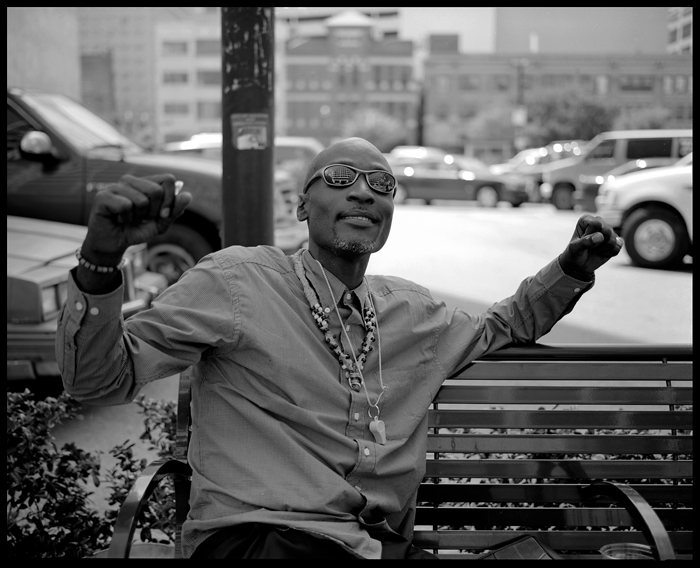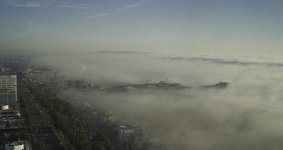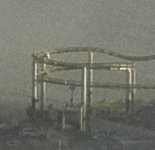Richard Marks
Rexel
We are pretty much back where this thread started. No doubt about it if you need massive enlargements medium and large formats will always win through in terms of resolution. But the spontaneity of the smaller camera with fast lenses in low light takes some beating for portrait work (IMHO). Resolving everything down to the last hair follicle is not always as important as all that. For me this is where the M8 delivers. Its not inherently better, I simply state my preference which might as much as anything reflect the technical limits of my abilities. I agree a traditional wet MF can be stunning (and i shoot develop and print at least 2 rolls per week), but its a very different style of portrait to my Leica M work.
Incidentally you can not miss with just about any camera in China. Its a superb trip. I was actually working in an operating theatre the 2 times i was there and a Nikon FM2 with 35 f2 did all that i could have asked.
Happy new year to all
Richard
Attached portrait with M8 50mm f2 at f2 and 1/15, ISO 640

Incidentally you can not miss with just about any camera in China. Its a superb trip. I was actually working in an operating theatre the 2 times i was there and a Nikon FM2 with 35 f2 did all that i could have asked.
Happy new year to all
Richard
Attached portrait with M8 50mm f2 at f2 and 1/15, ISO 640









